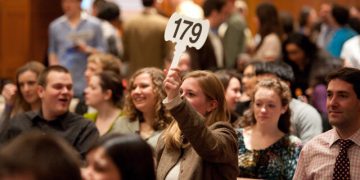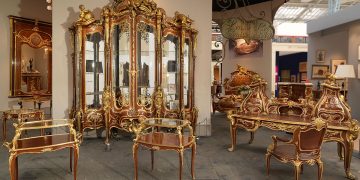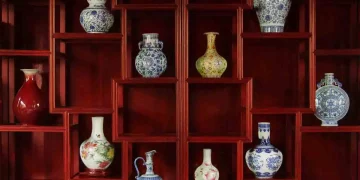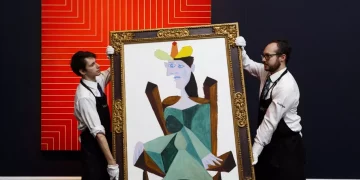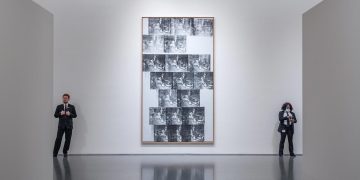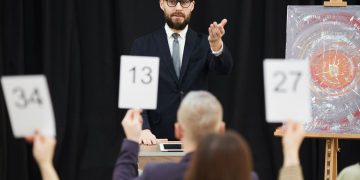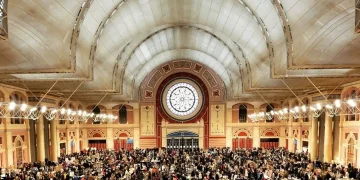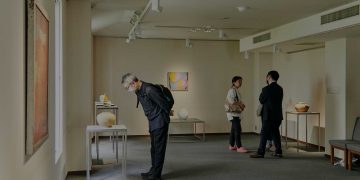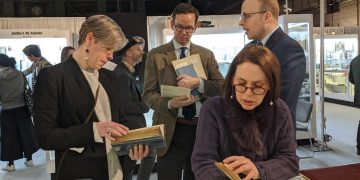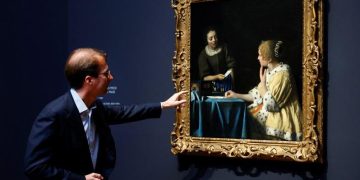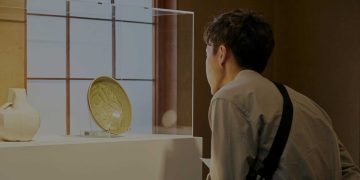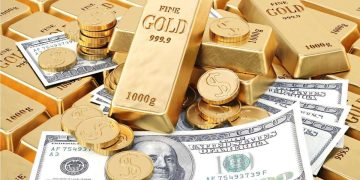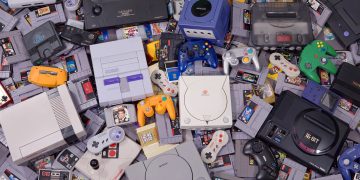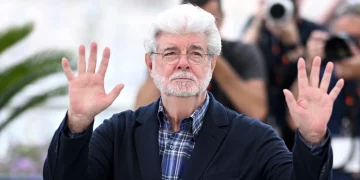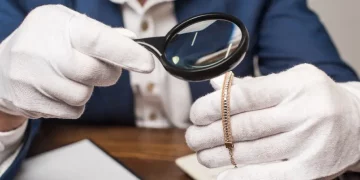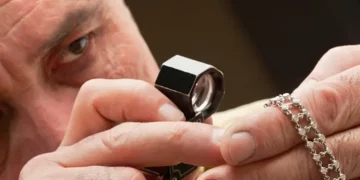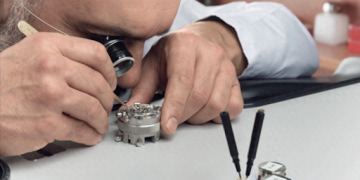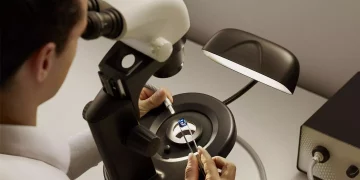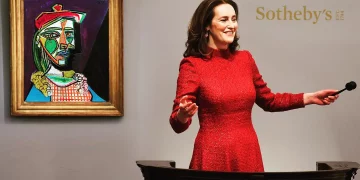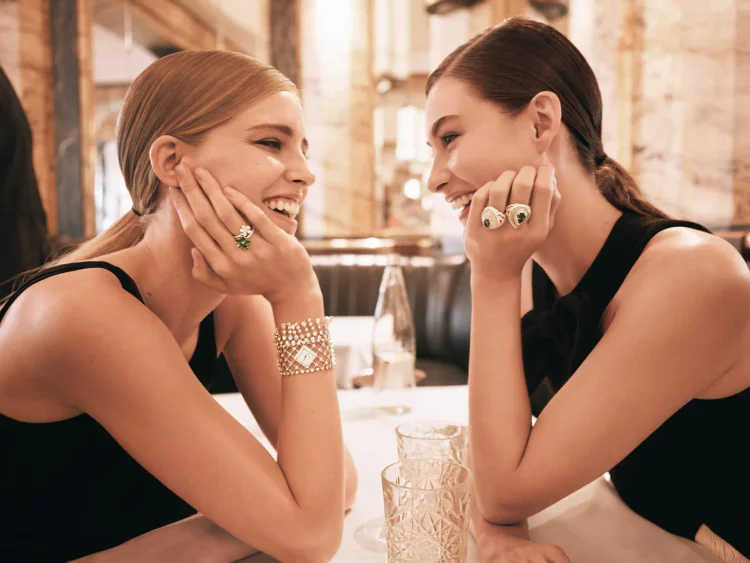The thrill of bidding on rare collectibles at auction can be exhilarating, but the real challenge lies in identifying which items have the greatest potential to appreciate in value. Whether you’re an experienced collector or someone just entering the world of rare collectibles, knowing how to spot hidden gems before they hit the auction block is crucial to making smart investments.
While there’s no surefire formula for predicting which items will become future treasures, there are key factors and strategies you can employ to identify those with the most promise. From understanding historical significance to examining condition and provenance, this guide will help you sharpen your instincts and make informed decisions when bidding on upcoming collectibles.
1. Research the Provenance: A Rich History Adds Value
One of the most important factors when identifying potential treasures is the provenance, or the documented history of the item’s ownership. Provenance serves as the backbone of an item’s value, especially when it comes to high-end art, antiques, and rare memorabilia.
Key Considerations:
- Historical Significance: Items with historical ties to important figures, events, or cultural moments often command higher prices. For example, a piece of art once owned by a famous collector or a rare coin with ties to a significant historical event can have its value elevated significantly due to its proven history.
- Celebrity Ownership: Items that were owned by celebrities or influential figures tend to have an inherent value boost. A guitar once played by a legendary musician or a costume worn by a famous actor can carry a premium in the auction world.
- Documented Ownership: The more detailed and verified the provenance, the more confidence bidders will have in the authenticity and historical value of the piece. If an item’s ownership history can be traced back to a notable collection, this can be a strong indicator of its long-term value.
2. Rarity is Key: Limited Editions and Unique Items
One of the most fundamental rules of collectibles is that rarity drives value. The rarer an item, the more sought after it is likely to be by collectors. This is particularly true for limited-edition items, one-of-a-kind pieces, and items produced in small quantities.
Key Considerations:
- Limited Production: Items that were made in limited runs—whether it’s a limited-edition watch, coin, or piece of art—are inherently more valuable due to their scarcity. When bidding on upcoming auctions, always inquire about the number of items produced and how many remain in circulation.
- Unique Features: Look for collectibles that have one-of-a-kind features or qualities. This could include rare variants (such as special colors, stamps, or finishes), historical anomalies, or items that have been altered or customized in a way that makes them stand out from the mass-produced versions.
- Market Trends: While rarity alone doesn’t guarantee value, understanding current market trends is essential. For instance, certain vintage cars, like Ferraris or Porsches, only increase in value due to their rarity and growing market demand.
3. Condition Matters: The Better the Condition, the Higher the Value
In the world of collectibles, condition is everything. Whether you’re bidding on art, antiques, coins, or even pop culture memorabilia, an item in pristine condition is likely to fetch a higher price than one that is damaged or shows signs of heavy wear and tear.
Key Considerations:
- Originality: For many collectors, the original condition of an item is a deal-breaker. For example, a vintage watch with its original parts, box, and papers will be far more valuable than one that has been heavily altered or lacks its original packaging.
- Restoration vs. Preservation: While some items can be restored to a like-new condition, overzealous restoration can often detract from the item’s value, especially for antiques and fine art. A well-preserved item in its original state will always be worth more than one that has been significantly altered, even if it’s been “restored” to a higher level of function.
- Grading and Certification: For certain collectibles—such as comic books, coins, or trading cards—grading plays a major role in determining their value. Items that are certified by reputable grading organizations (e.g., CGC for comics, PSA for trading cards) provide potential buyers with a clear understanding of the item’s condition and authenticity.
4. Understand the Market Trends: Stay Ahead of the Curve
A thorough understanding of market trends is crucial for identifying which collectibles will hold or increase in value over time. Keep track of recent sales, cultural shifts, and emerging interests that could affect the demand for certain types of items.
Key Considerations:
- Emerging Collectible Categories: Keep an eye on market shifts that indicate growing interest in specific categories. For example, the surge in interest in digital art (NFTs) or sports memorabilia could signal lucrative opportunities. Similarly, items tied to trends in pop culture, such as rare movie memorabilia or limited-edition video game consoles, may become more valuable as they gain mainstream recognition.
- Auction Results: Review recent auction results for comparable items. This will give you a benchmark for understanding the current market value of similar collectibles. If the demand for certain types of rare items (like vintage cars or mid-century modern furniture) has been steadily increasing, it may be wise to pay closer attention to those categories in upcoming auctions.
- Celebrity Endorsements and Media Attention: Items related to celebrities or those that have been prominently featured in the media can see rapid increases in value. For instance, memorabilia from a movie that has gained massive success or memorabilia linked to a recently deceased celebrity could see an uptick in demand.
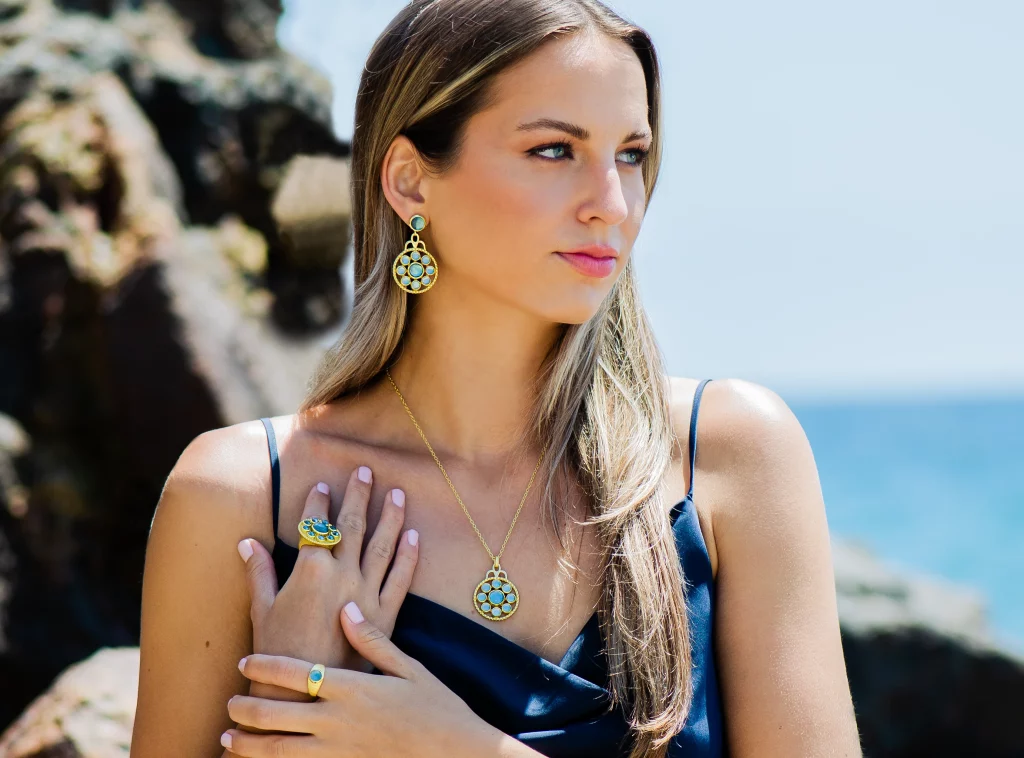
5. Expertise and Authenticity: Consulting Specialists and Experts
If you are not an expert in the specific category of collectible you are interested in, it’s wise to consult specialists before making a bid. Auction houses often employ experts who are trained to assess the authenticity and value of items, and you can also engage third-party appraisers who can provide a more in-depth analysis.
Key Considerations:
- Auction House Specialists: Many high-end auction houses, such as Sotheby’s or Christie’s, have specialists who are well-versed in various collectible categories (art, jewelry, antiques, etc.). These experts can provide you with valuable insights into the item’s true worth, potential for appreciation, and whether it’s worth bidding on.
- Third-Party Authentication Services: For particularly high-value collectibles—especially those with historical significance—authenticity is paramount. Authentication services, such as those provided by PSA/DNA for signed memorabilia or CGC for comic books, can provide third-party verification that the item is genuine and therefore worth the investment.
- Appraisal Reports: If you’re considering a major purchase, ask for an appraisal report. These reports can help you gauge whether the auction estimate aligns with the true market value of the item and whether it is being undervalued or overhyped.
6. Watch for Auction Catalogs and Previews
Before the auction, most high-profile auction houses publish a detailed catalog or hold a preview event for upcoming lots. This is your opportunity to research and assess the items before they go under the hammer.
Key Considerations:
- Thoroughly Examine the Catalog: The auction catalog will typically provide detailed descriptions, photos, and historical background for each item. Look for high-resolution images that allow you to inspect the condition and any distinguishing features of the item.
- Attend Previews: Many auction houses allow potential buyers to attend preview events before the auction itself. These events offer a chance to view the items in person, inspect their condition more closely, and ask experts questions regarding authenticity and value.
- Understand the Estimate: Auction houses typically provide an estimate of what they expect the item to sell for. However, keep in mind that estimates can fluctuate depending on bidding dynamics and the interest of other collectors. A well-informed bidder should evaluate whether the starting price aligns with their own assessment of the item’s worth.
Conclusion: Trust Your Instincts and Be Strategic
While there is no guaranteed formula for predicting the potential value of rare collectibles, following these steps will help you make smarter, more informed decisions when bidding at auction. By researching provenance, understanding rarity, assessing condition, staying updated on market trends, consulting experts, and carefully examining auction catalogs, you can identify the most promising treasures before they go under the hammer.
Whether you’re in the market for fine art, rare coins, vintage cars, or pop culture memorabilia, these strategies will empower you to spot those hidden gems with the greatest potential for future value. With patience, research, and a little bit of luck, your next auction could be the start of an extraordinary collection.


